Going anywhere by overland is one of the pure forms of adventure and travelling. It is not just a glorified form of road tripping; it is much more than that. In a huge country like China, where there is so much to see, overlanding is the best way to fully explore and thoroughly experience what it has to offer. Travelling on the road, across many cities and villages, eating what the locals eat, living with them, conversing with them, and experiencing your journey with them all in nature’s own paradise.
Five Overland Routes to Tibet
Once you decide to go by road to Tibet, it’s time to choose the route you want to go in. There are five overland routes to Tibet and each route has its charms, idiosyncrasies, and stories. Choose the route depending on your time availability, what kind of experience you are looking for, and your budget. Each route is perfect and amazing in its own way. The five most popular Tibet overland routes are: Sichuan Tibet Overland, Qinghai Tibet Overland, Yunnan Tibet Overland, Xinjiang Tibet Overland, and Sino Nepal Friendship Highway. The Friendship Highway connects Nepal and Tibet, while the other routes are within China.
Sichuan Tibet Highway is the most popular overland routes of all. It traverses across one of the highest highways in China and is further divided into northern route (G317) and southern route (G318) .
Sino Nepal Friendship Highway is shorter than other routes but equally beautiful and full of pleasant surprises. You can also include Everest Base Camp tour along with this overland trip.
Qinghai Tibet Highway is known for its beautiful scenery along the way. Some of the most beautiful highlights along the route are Qinghai Lake, Namtso Lake, Qiangtang Grassland, and the stunning views of Tibet plateau.
Yunnan Tibet Overland is the most ethnically and culturally rich of all the routes. It follows the ancient Tea Horse Road, which was once an important trading route along with ancient towns like Dali and Lijiang where time has definitely stood still.
Xinjiang Tibet Overland is the longest overland route of all the five and is the world’s highest highway. Some of the spectacular highlights in this route are the ruins of Guge Kingdom, Mansarover Lake, Mount Everest, and Mount Kailash.
Classic Travel Route from Chengdu to Lhasa and Kathmandu with EBC
Travelling overland from Chengdu to Lhasa, and then going to Nepal with a short EBC visit will be a long trip but one filled with fascinating culture and breathtaking views.
Route from Chengdu to Lhasa: The Sichuan Tibet highway starts from Chengdu and ends in Lhasa. It is further divided into northern route and southern route; you can choose a route according to your wish. The northern route is a little longer than southern route.
Sichuan-Tibet Highway Northern Route G317: Chengdu – 348km – Danba – 82km – Bamei – 243km -Garze – 205km – Dege – 253km – Chamdo – 989km – Lhasa
Sichuan-Tibet Highway Southern Route G318: Chengdu – 297km – Kangding – 71km – Xinduqiao bridge – 205km – Litang – 276km – Markam – 157km – Zogang – 290km – Ranwu – 358km – Nyingchi – 401km – Lhasa
Route from Lhasa to Kathmandu: Lhasa – 260km – Shigatse – 240km – Tingri – 115km – EBC – 370km – Gyirong – 253km – Kathmandu
Highlights in Sichuan Tibet Nepal Overland Trip
Overlanding is all about finding and exploring the places and attractions in between two destinations that we don’t get to visit while travelling by train or flight. Here are some of the highlights you will come across while on the road.
Chengdu to Lhasa Highlights (Northern Route G317)
Wolong Nature Reserve: This Panda Research Centre allows the general public to feed the pandas, take pictures with them, learn about their habitat, cook their meals, and volunteer to work with pandas for a couple of days. If you are short on time, you can just visit and take pictures with them.
Mount Siguniang: Bordering Xiaojin and Wenchuan, Mount Siguniang is highest mountain of Eastern Hengduan Range. It borders. This mountain is also nicknamed as the Four Sisters Mountains and Chinese Alps because of its beauty.
Jiaju Tibetan Villages: They are ancient Tibetan villages of Danba and one of the six most beautiful villages in China. They are known for their ornate and authentic Tibetan houses and for locals still following their old ways of living.
Tagong Grassland: In this vast and endless grassland you can spot nomadic Tibetans with their herds and tents, riding on their horses, and also animals mulling about. With Haizi Mountain towering in the background this place looks just like a desktop background. Some of the attractions you can visit here are Tagong Temple, Yala Snow Mountain, and Muya Gold Tower.
Derge Parkhang: Derge Parkhang is one of the oldest printing houses in Asia. It was established in the year 1972. It also serves as a monastery and repository of library that stores some of the oldest texts about Buddhism, subjects relating to science, medicine, and mathematics. It still uses the woodblock printing method which is one of the oldest printing methods in the world.
Chengdu to Lhasa Highlights (Southern Route G318)
Erlang Tunnel: This tunnel is constructed in such a way that it connects Garze and Sichuan. It is located Ya’an city at an altitude of 2,200m. The total length of this tunnel is more than 4,176m and the scenery and weather is completely different on both the ends of the tunnel.
Mugecuo Lake: Mugecuo Lake is surrounded by golden sand that reflects softly on the crystal clear water. Also known as the savage lake, it is one of the biggest highland lakes in China. The view of this frozen lake reflecting the blue sky is as spectacular as it can get.
Xinduqiao: This quaint little picturesque town is a photographer’s paradise. It is located in western Sichuan at an altitude of 3,300m. The scenery here consists of streams, rolling grasslands, and great views of mighty Mount Gongga.
Daocheng Yading: Daocheng Yading Scenic Area that became popular after being explored by Joseph Rock. It is known as the last, pure Shangri la on Earth. There are so many beautiful places to explore and enjoy in this scenic area. With colourful lakes, low altitude glaciers, waterfalls, and mesmerizing valleys, this place is a complete treat for travelers.
Lulang Forest: Lulang forest is famously known for its rich repository of rare biodiversity. The peach flowers are the highlight of the forest that adds immense beauty to it. It is located in Nyingchi at an elevation of 3,700m.
Highlights from Lhasa to Kathmandu
Potala Palace: Located at the centre of Lhasa, the golden gates of Potala Palace shine majestically under the soft sunlight of Lhasa. It looks even more beautiful and bright during the night. Trek the nearby Chikpori Palace to get a full view of this palace.
Jokhang Temple: It is the cultural centre of Tibet. The architecture of this temple is said to be influenced by Han, Tibetan, Indian, and Nepal styles. This four storied, 7th century temple is surrounded by the famous Bakhor Street.
Tashilunpo Monastery: located in Shigatse, Tashilunpo Monastery is one of most important monasteries in Tibetan history and is of great relevance to the culture. It is a huge monastery with 57 halls and 36,000 rooms. Main attraction in this monastery is the 63m high golden Buddha statue.
Pelkor Chode Monastery: The architecture of this monastery has Nepal, Han, and Tibetan influences. Built in 1418 AD, Nianchu River surrounds the monastery. The Pelkor pagoda is nine storied with 77 chapels, 108 doors, and many chanting halls.
EBC: For those whom climbing the Everest to the top is not their cup of tea, visiting Everest Base Camp provides you with just enough magic. At an elevation of 17,000ft, the Everest Base Camp it is not a cake walk either. Make sure you visit the Rongbuk Monastery, the highest monastery in the world. You can stay overnight in the monastery and see the glorious sunrise and sunset shades of the Everest.
When to Travel Overland to Tibet and Nepal from Sichuan?
Weather is a very important factor when planning to do an extensive overland trip as this. As Tibet is in a very high altitude place, the weather is a little bit unpredictable. May, June, September, and October are the best months to go. By May after effects of cold winter die down and the roads are dry. The wind is light and the skies are clear during these months making it ideal to travel on road. September and October, the autumn months, see the maximum flow of tourists. Going during rainy season is not advisable as the highway roads are not in the best condition and are highly prone to landslides during those times. During winter few roads and many attractions are closed due to snow.
What to Pack for Sichuan Tibet Nepal Overland Tour?
Thermal wear, raincoat, hiking pants, warm socks, warm gloves, down jacket, wind cheaters, flannel shirts, cotton wear, scarf, neck warmer, good shoes, sandals while exploring towns, caps/hats, sunglasses, sun blocks, moisturizer, antiseptics, band aids, hand sanitizer, wet wipes, thermal flasks, lip balms, flashlights (and extra batteries for them), dry foods, energy snack bars, packaged drinking water bottles, small oxygen tanks (in case of altitude sickness), doctor prescribed medicine for altitude sickness, and all the necessary travel documents with extra copies.
The travel documents required are Tibet Travel Permit, Military Permit (to go to remote, military sensitive areas), and Aliens Travel Permit (to go outside of Lhasa). All the above mentioned permits will be arranged by Tibet Vista.
.jpg)



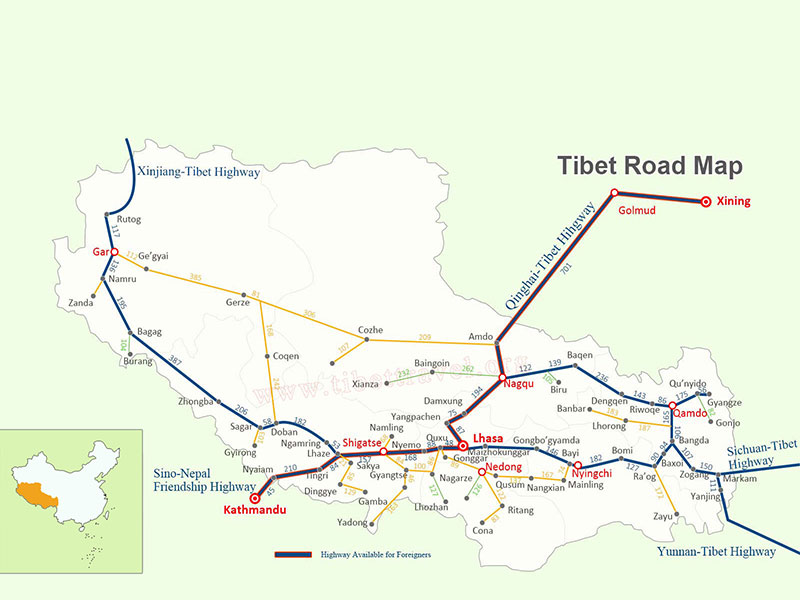
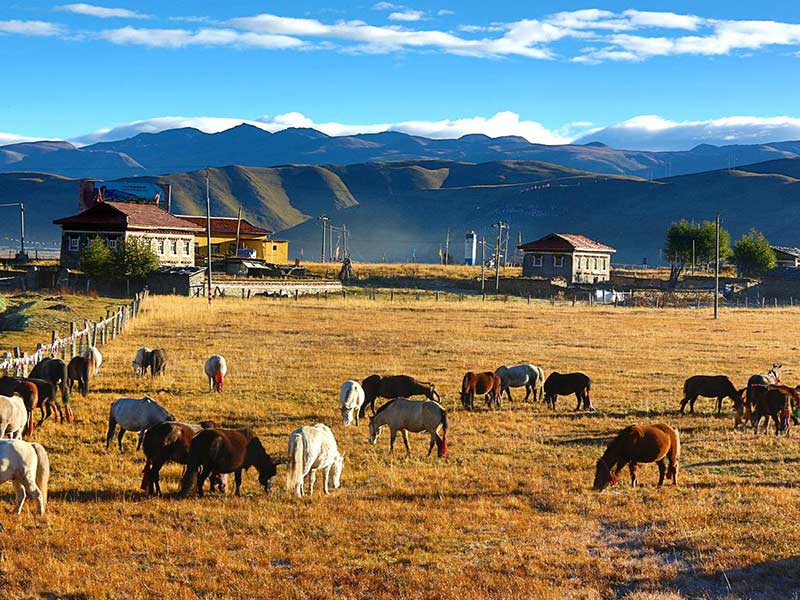
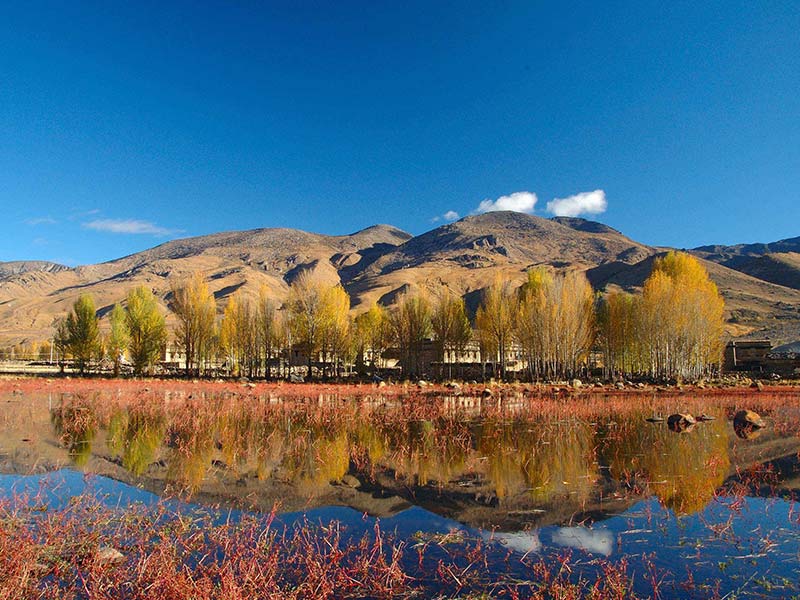
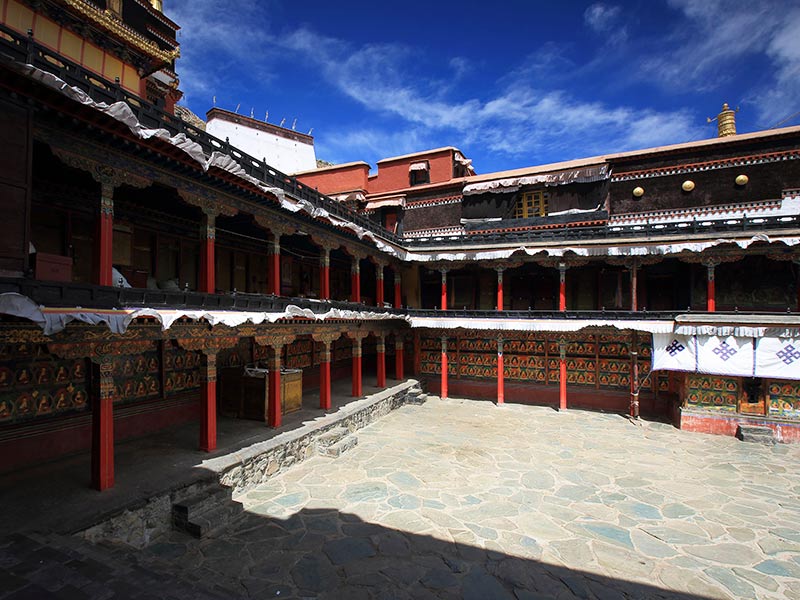

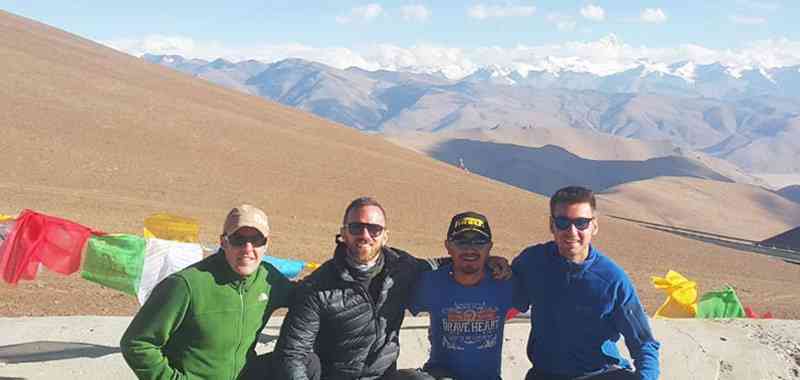

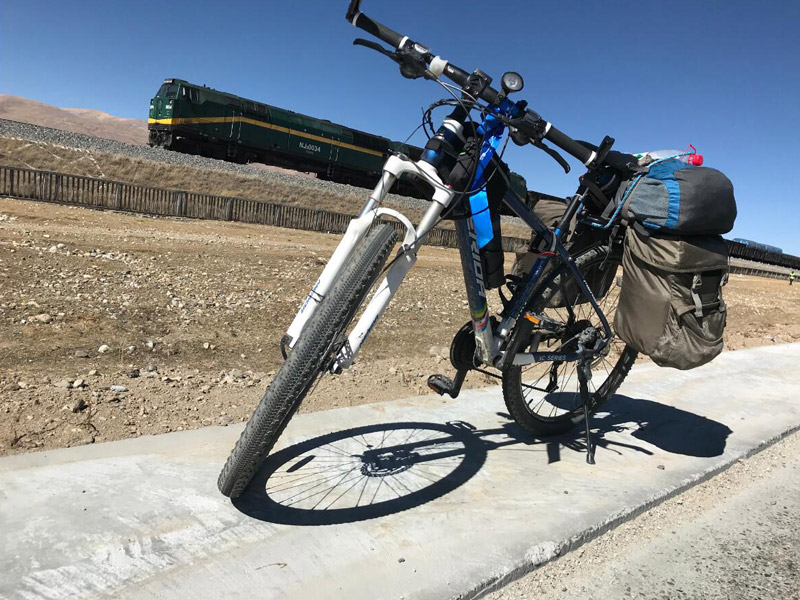
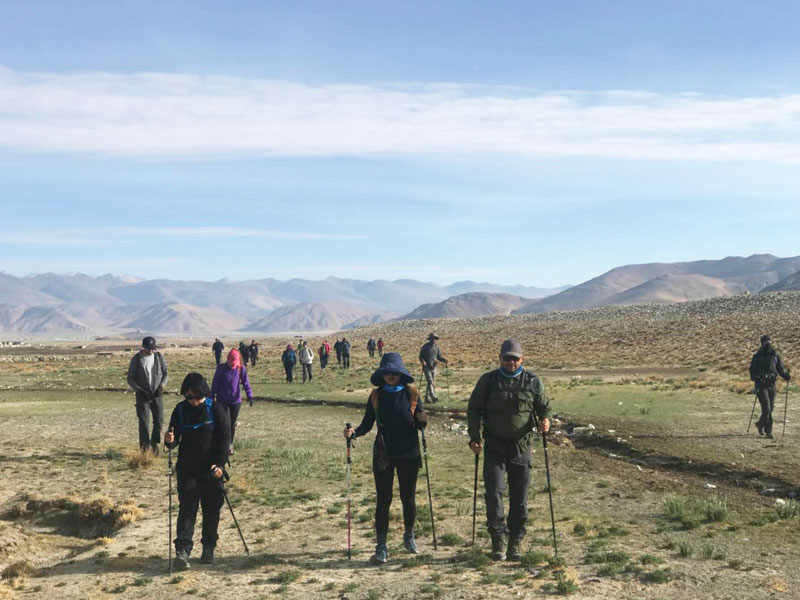





0 Comment ON "How to Plan an Overland Trip to Sichuan, Tibet, and Nepal?"